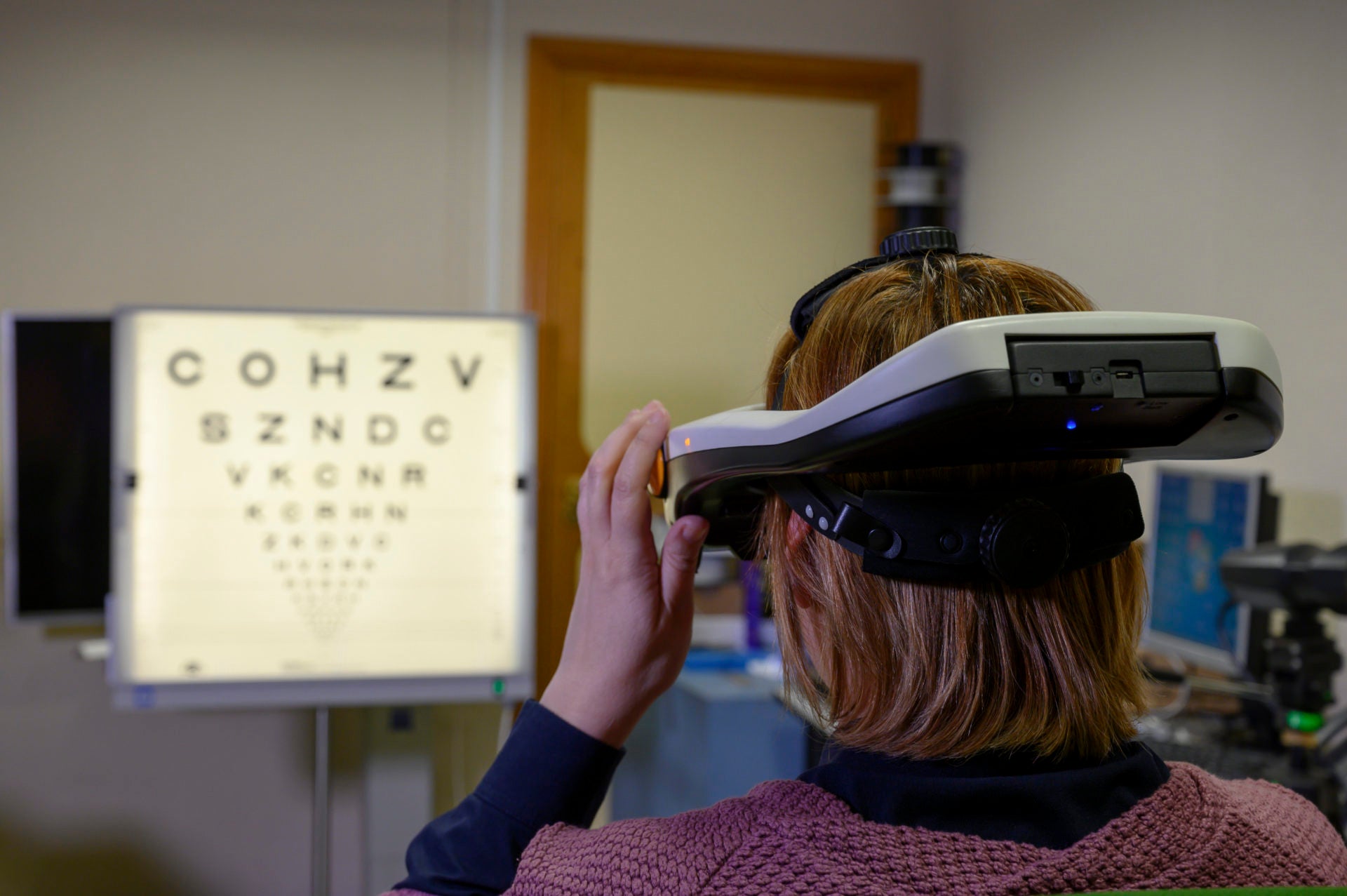
Cataract patients can experience post-surgery vision before the procedure takes place, thanks to a visual simulator developed at the Visual Optics and Biophotonics Laboratory, Spain.
The SimVis, a lightweight binocular visual simulator, will provide a non-invasive way for cataract patients considering surgery to select the best lens and weigh up the benefits of the procedure.
Cataracts, the clouding of the lens in the eye, are treated by replacing the eye’s crystalline lens with multifocal lenses.
Multifocal lenses are also used to correct presbyopia, the inability to focus on nearby objects as a result of ageing.
“The possibility of the patient experimenting vision with a multifocal lens before the surgery is very attractive to reduce uncertainty and to manage expectations”, said Spanish National Research Council (CSIC) researcher Susana Marcos, who works at the Institute of Optics.
Her team at the Visual Optics and Biophotonics Laboratory has spent years developing technologies in the field of vision simulation.
How well do you really know your competitors?
Access the most comprehensive Company Profiles on the market, powered by GlobalData. Save hours of research. Gain competitive edge.

Thank you!
Your download email will arrive shortly
Not ready to buy yet? Download a free sample
We are confident about the unique quality of our Company Profiles. However, we want you to make the most beneficial decision for your business, so we offer a free sample that you can download by submitting the below form
By GlobalData“Visual simulators are an ideal technique to provide patients with a new realistic experience of multifocality before the implantation of a new intraocular lens,” added Marcos.
“In addition, if the simulator is miniaturised and has a more practical design than the ones currently available in the market, benefits could multiply.”
Testing the cataract simulator
To test the realism and accuracy of the SimVis, the researchers compared patients’ visual acuity – the clarity of a person’s vision – with a traditional, commercial trifocal lens and another type of simulator known as a spatial light modulator.
Patients tested each method at close, intermediate and long focal distances.
“The response to multifocality depends on the subjects, but the real trifocal lens and the simulated one offered the same visual response through-focus in each patient,” concluded CSIC researcher and author of the paper María Viñas.
The simulator can be controlled wirelessly via a mobile or tablet app, which can also assist with testing.
One of the patents protecting the technology has previously won an award.
The new technology is expected to be launched to market soon.
Details of the device were published in the latest issue of Scientific Reports.
Read more: Your eyes on the blockchain: Iris recognition technology trialled for healthcare




